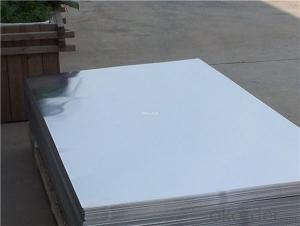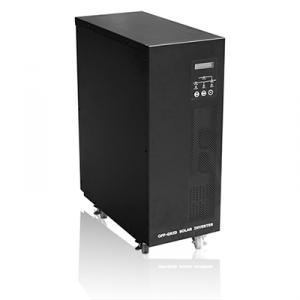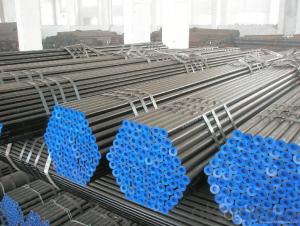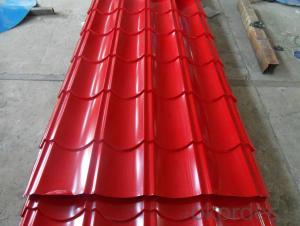Best Inverter Solar
Best Inverter Solar Related Searches
Best Paint For Stainless Steel Best Inverter For Solar System Solar Panel Inverter For Home Best Inverter For Solar Panels Best Solar Inverter For Rv Bending Machine For Pvc Profiles Micro Inverter For Solar Panel Best Glue For Aluminum Foil Pvc Foil For Mdf Plastic Wall Coverings For BathroomsHot Searches
Type Of Inverter For Solar Price Of Shipping Containers For Sale Types Of Inverter For Solar Used Sandwich Panel For Sale Bags Of Cement For Sale Pvc Chairs For Sale Tilt Panel Props For Sale Types Of Temporary Side Panels For Cement Deck Cost Of Awnings For Decks Type Of Scaffolding With Pdf Price Of Scrap Stainless Steel Price Of Stainless Steel Scrap Price Of Stainless Steel Type Of Stainless Steel Best Solar Inverter In China Types Of Stainless Steel Grades Types Of Stainless Steel China Aluminum Coil Factory pvc pipe manufacturers in usa Sandwich Panel Price In IndiaBest Inverter Solar Supplier & Manufacturer from China
Okorder.com is a professional Best Inverter Solar supplier & manufacturer, offers integrated one-stop services including real-time quoting and online cargo tracking. We are funded by CNBM Group, a Fortune 500 enterprise and the largest Best Inverter Solar firm in China.Hot Products
FAQ
- Yes, a solar inverter can be used with different types of tracking algorithms. The primary function of a solar inverter is to convert the direct current (DC) generated by solar panels into alternating current (AC) that can be used in homes or businesses. Tracking algorithms, on the other hand, are responsible for optimizing the performance of solar panels by adjusting their orientation and tilt angles to maximize sunlight exposure. Solar inverters can integrate with various tracking algorithms to ensure efficient operation and improve energy generation.
- Yes, a solar inverter can be used with solar-powered greenhouse systems. A solar inverter is an essential component that converts the direct current (DC) generated by solar panels into alternating current (AC), which is required to power electrical devices in the greenhouse. By connecting the solar panels to the solar inverter, the greenhouse systems can effectively utilize the solar energy for various applications such as lighting, heating, and ventilation.
- An on-grid solar inverter is designed to convert the DC power produced by solar panels into AC power that can be fed directly into the electrical grid. It synchronizes with the grid and adjusts the power output accordingly. In contrast, an off-grid solar inverter is used in standalone solar power systems that are not connected to the grid. It stores excess power in batteries and converts DC power to AC power for use in the off-grid system.
- The safety features of a solar inverter typically include protection against overvoltage, overcurrent, and short-circuit conditions. They also often have built-in ground fault protection and insulation monitoring to detect any faults in the system. Additionally, many solar inverters have anti-islanding features to prevent them from operating during a power outage, ensuring the safety of utility workers.
- A solar inverter manages variations in battery charge levels by continuously monitoring the battery voltage and adjusting the charging and discharging rates accordingly. It optimizes the power flow and ensures that the battery is neither overcharged nor depleted, thus maximizing its lifespan and efficiency.
- Efficient and reliable, a solar inverter is specifically engineered to manage fluctuations in voltage and frequency resulting from sudden changes in load. When such changes occur, the solar inverter effectively employs a variety of control mechanisms to regulate and stabilize the output voltage and frequency. To begin with, the inverter continuously monitors the incoming solar power, keeping a close eye on the voltage and frequency. If any variations arise due to sudden load changes, the inverter promptly adjusts its internal control systems to compensate. Utilizing advanced power electronics and control algorithms, the inverter ensures that the voltage and frequency remain within the desired range. In order to handle voltage fluctuations caused by sudden load changes, the solar inverter utilizes a technique known as voltage regulation. It automatically adjusts the output voltage, either raising or lowering it as necessary. This guarantees that the inverter delivers a steady and consistent voltage supply to the load, effectively preventing any harm or malfunction. Similarly, to address frequency variations brought on by sudden load changes, the solar inverter employs a technique called frequency regulation. It adjusts the output frequency to match the grid frequency or meet specific frequency requirements. By maintaining the desired frequency, the inverter ensures compatibility and synchronization with the grid or other connected devices. In addition to voltage and frequency regulation, solar inverters also incorporate protective features to handle sudden load changes. They are equipped with built-in overload protection mechanisms capable of detecting excessive loads and preventing damage to both the inverter and the connected devices. These protective features may include safeguards such as overcurrent protection, short-circuit protection, and temperature monitoring. In summary, a solar inverter is purposefully designed to effectively manage voltage and frequency variations arising from sudden load changes. Through its voltage and frequency regulation capabilities, as well as its protective features, the inverter ensures stable and reliable operation. This enables the inverter to adapt efficiently to changing load conditions while safeguarding the integrity of the power supply.
- Yes, a solar inverter can be used with a single solar panel. The purpose of a solar inverter is to convert the direct current (DC) produced by the solar panel into alternating current (AC) that can be used to power electrical devices or be fed back into the grid. Whether you have one solar panel or multiple panels, a solar inverter is necessary to convert the DC electricity into usable AC electricity.
- Yes, a solar inverter can be used in grid-tied systems. In fact, a grid-tied system requires a solar inverter to convert the DC power generated by the solar panels into AC power that can be fed into the electrical grid. The solar inverter also ensures that the system synchronizes with the grid and complies with safety regulations.















































